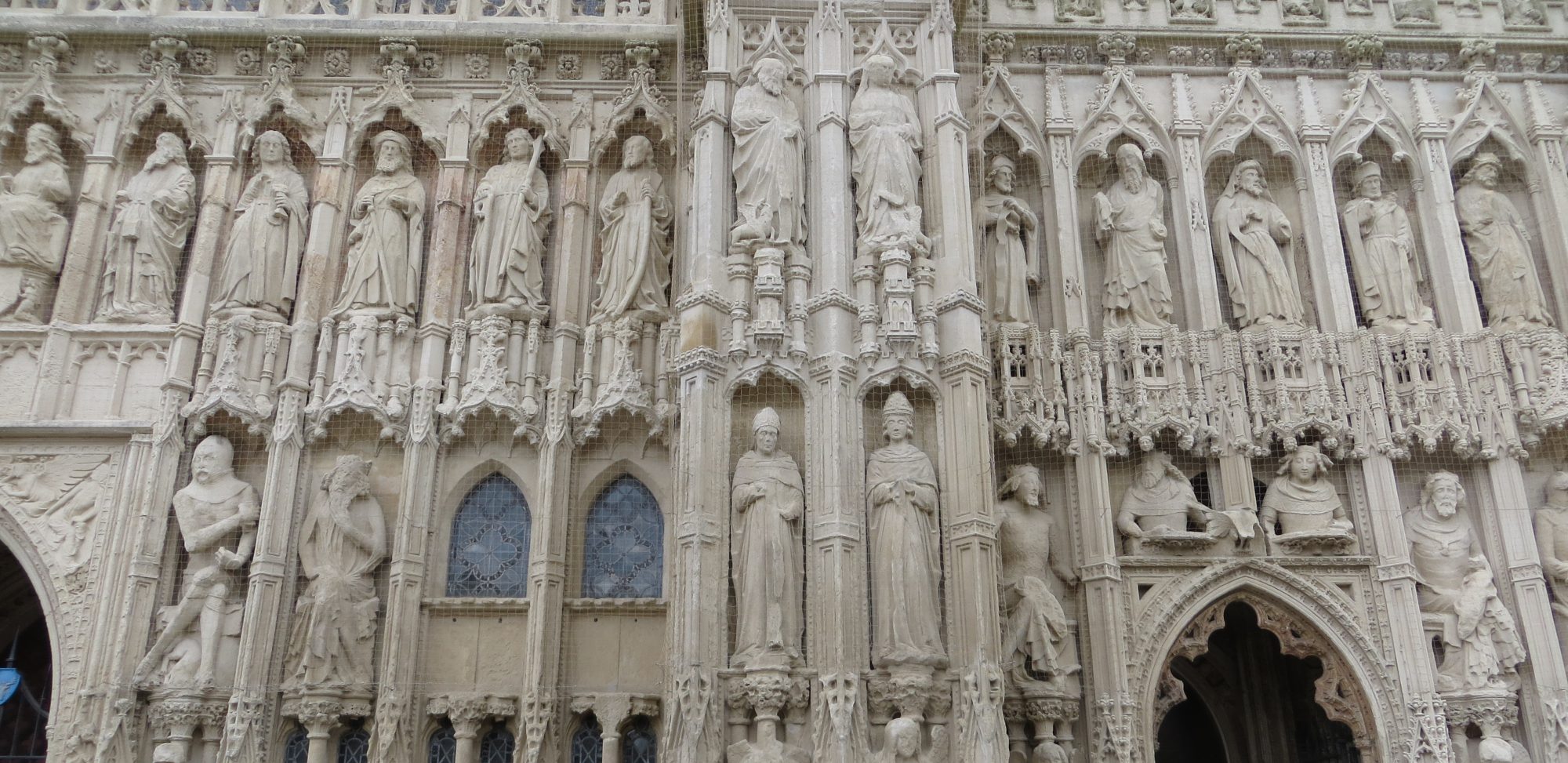For a host of historical and theological reasons Anglicans have routinely overplayed an understanding of visibility which associates it too strictly with ordered externality, and underplayed what that stout ecumenist Karl Barth called the ‘very special visibility’ of the Church. By that, Barth did not intend to deny that the Church of Jesus Christ has concrete, historical form; he simply sought to affirm that the Church has visible form by virtue of the presence and action of Jesus Christ through the Holy Spirit; and he wanted to deny that any contingent historical ordering could guarantee or ensure the essence of the Church, since to say that would be to pass the Church from the hands of its Lord to the hands of its human members. Visibility is thus a spiritual event, describable only by talk of the presence and action of God, and not convertible without residue into forms. Again, this is not a denial of externality, but an attempt to spell out how the Church’s externality is a function of present divine action, of which the externality of the Church is a witness. Hence the principle: ‘The visible attests the invisible’ – ‘invisible’ meaning ‘spiritually visible’, perceptible by faith in the work of God. Perhaps the most crucial bit of dogmatic work which Anglicans need to undertake here is to spell out full, visible unity in such a way that the necessary concrete forms of unity (apostolic confession, common sacraments and ministry, and episcope) can credibly be shown to attest the invisible rather than replace the invisible with contingent structures or order.
John Webster The goals of ecumenism – full visible unity? in Paths to Unity (large PDF) in Synod papers
